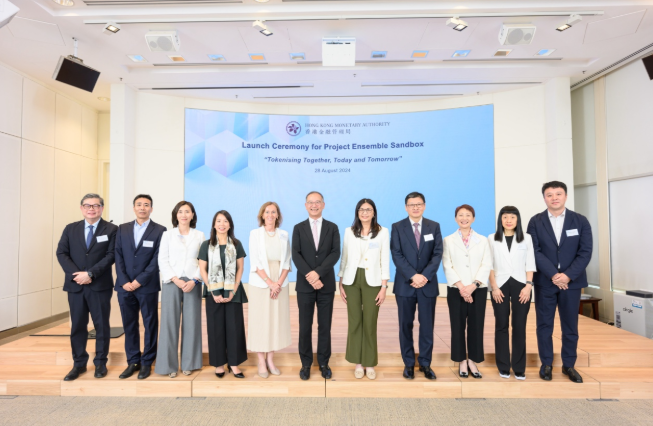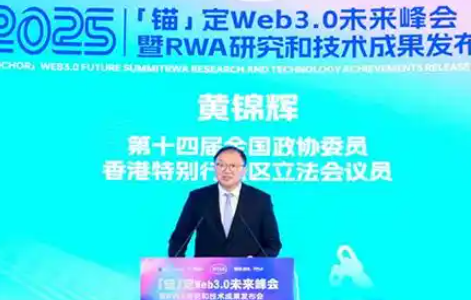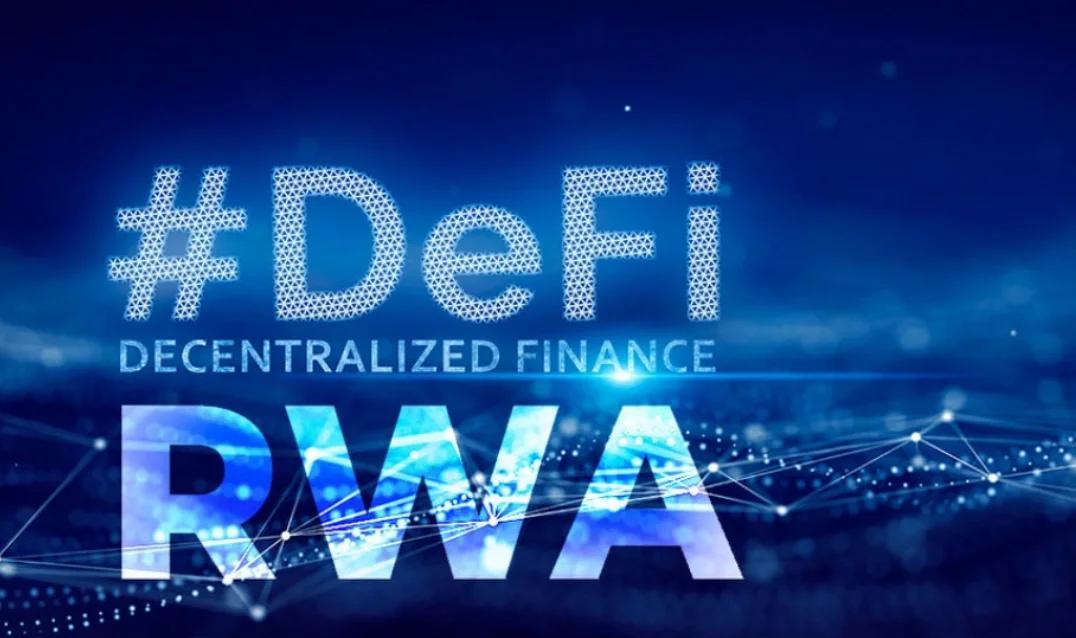In depth interpretation of Langxin Technology RWA case
First, let's take a look at the results: raising 100 million yuan and increasing the market value by 10 billion yuan.
Further analysis of reasons: RWA and market value management
1.Background and Core Logic of RWA Case
Core Logic:
Asset digitization: The operational revenue rights of charging stations (charging service fees, government subsidies, advertising revenue) are tokenized through blockchain technology to form tradable digital assets.
Cross border financing: Utilizing Hong Kong's financial openness policy to attract foreign institutional investors (such as UBS) to participate and achieve cross-border capital flow.
Liquidity Enhancement: RWA tokens can circulate on compliant trading platforms such as OSL Digital Securities, increasing asset liquidity.
2. RWA project technical architecture and operational process
The "Two Chains and One Bridge" Technology Architecture
Asset chain (domestic): AntChain stores operational data of charging stations to ensure data security and compliance.
Trading Chain (Overseas): Hong Kong compliant blockchain (such as HSBC Orion) is responsible for token issuance and trading.
Cross chain Bridge: Ant Group's ZAN service enables cross-border interaction of data and assets, ensuring compliance.
Data on chain and verification
Real time collection of charging station operation data (such as charging capacity and revenue) through IoT devices, and on chain storage to ensure transparency and immutability.
Adopting privacy computing technology to process sensitive data, meeting the requirements of the Mainland's Data Security Law.
Profit distribution mechanism
Smart contracts automatically distribute profits (annualized 6% -8%) and pay investors in the form of stablecoins (such as HKDT).
3. Market and Regulatory Innovation of RWA Projects
Cross border compliance model
SPV risk isolation: Establish a Special Purpose Vehicle (SPV) to hold assets and ensure bankruptcy isolation.
Hong Kong Regulatory Sandbox: Tested under the Ensemble program of HKMA, compliant with the Securities and Futures Ordinance of Hong Kong.
Mainland data compliance: Data is not exported and only anonymized information is transmitted through cross chain bridges.
Collaboration between finance and technology
Ant Group provides blockchain technology IoT、 Privacy computing technology support.
UBS serves as an underwriter to connect with global institutional investors.
4.The linkage effect of RWA on the stock price of Langxin Technology
Short term stock price catalysis
June 17, 2025: Langxin Technology hit the daily limit up (+19.99%) due to the RWA concept, and the market is paying attention to the empowerment of Ant Chain technology.
On August 25, 2025, the RWA sector rose 3.96% overall, led by Langxin, with a net inflow of 500 million yuan from the main capital.
Long term market value growth
Valuation Reshaping: The RWA project is seen as "Asset Securitization 2.0", driving Langxin's transformation from a traditional energy technology company to "Web3+Energy Finance".
Business expansion: Fundraising is used for the expansion of charging stations, forming a virtuous cycle of "financing construction operation" and enhancing future cash flow expectations.
Market sentiment and institutional attention
A securities research report pointed out that Longxin is a "core target of Alibaba Chain RWA", and its deep cooperation with Ant Group (Ant Group holds 16.63% of the shares) enhances market confidence.
5.The industry significance and future prospects of the case study
Benchmark for financialization of new energy assets
Provide innovative financing channels for small and medium-sized charging station operators and activate heavy assets.
In the future, it can be expanded to fields such as photovoltaics and energy storage, forming a trillion dollar RWA market.
Strengthening the status of Hong Kong RWA Center
This project is one of the first tokenization cases in Hong Kong, promoting Hong Kong to become a global RWA hub.
Technical challenges and regulatory risks
Cross border data: It is necessary to balance mainland data security with Hong Kong's financial openness.
Liquidity risk: The trading depth of RWA token in the secondary market is insufficient, and more institutions need to participate.
summary
The RWA case of Langxin Technology is a model of collaborative innovation of "technology+finance+regulation", which achieves cross-border financing and stock price linkage by tokenizing the revenue rights of charging piles through blockchain. In the short term, the RWA concept catalyzes a rise in stock prices; In the long run, the company will enhance its valuation through asset digitization and promote the financialization process of the new energy industry. In the future, with the advancement of RWA standardization (such as the Trusted Blockchain Physical Asset Uplink Technical Specification), this model is expected to be replicated in more fields.
The RWA case of Langxin Technology is a model of collaborative innovation of "technology+finance+regulation", which achieves cross-border financing and stock price linkage by tokenizing the revenue rights of charging piles through blockchain. In the short term, the RWA concept catalyzes a rise in stock prices; In the long run, the company will enhance its valuation through asset digitization and promote the financialization process of the new energy industry.
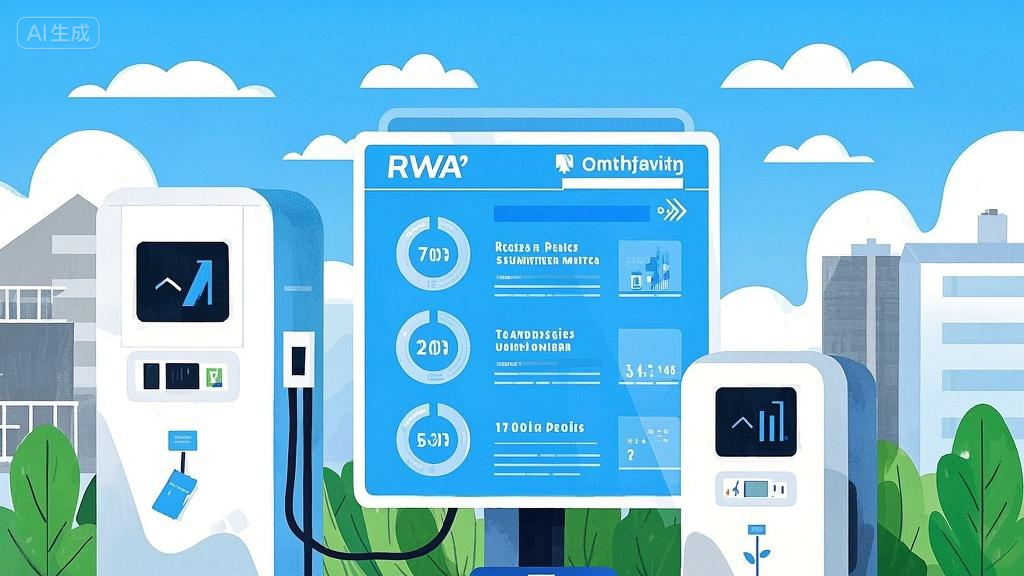
-
CVCA International Capital Management Limited



RWA
RWA


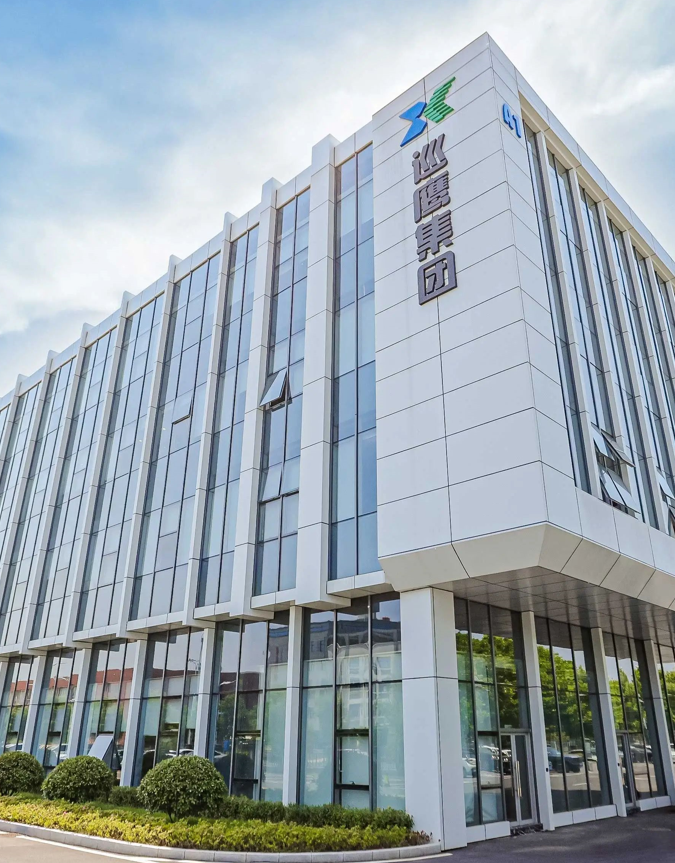
Agricultural RWA is on fire! From Malu Grape to 500 Trillion Asset Awakening, Rural Revitalization Welcomes Digital New Gameplay
1. You may have tasted the extremely sweet Malu grapes, but you may not know that in 2024, this bunch of grapes quietly became a "digital asset": 2024 grape RWA tokens were launched, and holders can receive 10% of the sales revenue, as well as real-time access to temperature, humidity, and yield data of the vineyard.
This is not a fresh gimmick, but a real practice of agricultural RWA (Real World Asset tokenization): turning visible and tangible assets such as farmland, greenhouses, and agricultural products into "vouchers" that can circulate in the digital world, suddenly providing a new way to unlock the value of 500 trillion dormant rural assets.
01
How to play agricultural RWA? 3 steps to turn farmland into 'digital assets'
Not all agricultural assets can be used for RWA. The core process involves three stages: compliance screening, digital mapping, and token design. Let's use a case study to break it down:
1. Choose 'good assets' first: high value and traceability are key
Prioritize assets with 'hard endorsements', such as:
Geographical indication products: such as Malu Grape (National Geographic Indication) and Yangcheng Lake hairy crab, with clear brand premium and no fear of "wrong goods";
Smart agricultural facilities: greenhouses, sorting equipment, equipped with sensors that can transmit real-time data, such as temperature and humidity, operating time, and asset status at a glance;
Supply chain orders: Sweet corn purchase orders, based on real transactions, break down accounts receivable into tokens, allowing farmers to receive money faster and with financing costs 2 percentage points lower than traditional methods.
2. Further "digital mapping": confirmation, valuation, and on chain integration are essential
Taking Malu grapes as an example, the entire process is like "getting an ID card" for assets:
Confirmation of Rights: Use blockchain to store land contract and grape planting qualifications, avoiding the practice of "selling multiple fields";
Valuation: Calculate earnings - Based on previous sales and market prices, calculate an annualized dividend expectation of 6%;
On chain: Put the data on the consortium chain, and Shanghai Data Exchange will help to check and ensure the authenticity and legality of the data.
3. Finally, design the "token": not touching the red line, balancing returns
Compliance is the bottom line for agricultural RWA in China, and there are two common token models:
Revenue right token: does not transfer asset ownership, only distributes profits, such as the Malu Grape token, where holders receive sales revenue to avoid the risk of "illegal fundraising";
NFT assets: For limited edition products, such as customized agricultural product packaging NFTs, they can be exchanged for exclusive gifts and meet the requirements of "de financialization".
When allocating, there will also be a "priority": 60% -70% are low-risk "fixed income tokens" (suitable for stable investors), and 30% -40% are high-risk "excess return tokens" (pay more dividends when production exceeds expectations), taking into account different needs.
02
What technology is behind it? Three major technologies make 'digital assets' trustworthy
Agricultural RWA is not about "making big cakes", it requires technical support, and the core is these three things:
1. AIoT: Install a "thousand mile eye" for farmland
More than 5000 sensors are buried in the vineyard to monitor over 400 parameters such as temperature, humidity, and soil pH in real-time. The data is directly uploaded to the chain and cannot be tampered with by anyone. For example, Shanxi's meteorological data RWA also uses "zero knowledge proof" technology - foreign investors can confirm that "this set of meteorological data is true" without looking at the original data.
2. Blockchain: making assets' fully traceable '
The RWA project for Yangcheng Lake hairy crabs has all 214 links from seedling cultivation to logistics on the chain. Consumers can scan the code to see the breeding density and transportation route, and the complaint rate for counterfeit goods has directly decreased by 90%. Even claims can be automatically processed: the smart contract of Pu'er tea RWA sets a "temperature and humidity threshold", which freezes assets and initiates insurance compensation immediately once exceeded, without the need for manual errands.
3. AI algorithm: minimize risks
AI will help "calculate returns and warn risks": for example, "Digital Rice Field RWA", which integrates more than 20 factors such as weather, market supply and demand to control the annualized return volatility within ± 2%; The "Great Sparrow" system of online commercial banks relies on satellite remote sensing to monitor crop growth and directly provides unsecured loans to farmers, which has helped millions of farmers.
03
What can agricultural RWA bring? Four major changes are happening
This is not a 'tech show', but a real reconstruction of agriculture:
1. It's easier for farmers to make money: 500 trillion yuan in assets have come to life
Previously, farmers could only use their own land and greenhouses, but now they can break them down into small tokens to attract urban capital. For example, dismantling 500 acres of rice paddies into 100000 NFTs attracted an investment of 20 million yuan, allowing farmers to not only receive rent but also share profits, resulting in a direct increase in property income.
2. Agricultural production is smarter: even small farmers can form groups
Distributed farmers can integrate resources through "on chain cooperatives": for example, black fungus and tribute rice farmers can use tokenization to integrate brands and channels, which increases capital turnover efficiency by three times; Even "cloud planting" can be implemented - consumers holding RWA tokens can vote for organic fertilizers with a repurchase rate of up to 68%.
3. Agricultural financing is cheaper: interest rates have decreased by 30% -50%
Traditional agricultural loans are difficult and have high interest rates. Now, relying on RWA, the financing cost of Malu grapes is only 4.5%, which is much lower than before; It can also engage in "risk hedging", such as "drought index futures" and "yield insurance tokens". In case of drought or production reduction, smart contracts will automatically lose money without waiting for insurance company review.
4. China's agriculture can 'go global': exporting standards globally
COFCO Group uses RWA to settle cross-border soybean trade through Hong Kong's compliance channel, which used to take 7 days, but now takes 10 minutes to complete; The International Organization for Standardization (ISO) is still referencing China's agricultural RWA practices to develop global standards - we are not only doing things, but also setting rules.
Of course, there are also many challenges
What if farmers don't know how to use it? We need to conduct training on "demonstration farms+digital wallets" to enable new farmers to get started;
How to grasp the compliance boundary? We need to use "profit tokens+specialized companies to isolate risks" without crossing legal red lines;
What about natural disasters? We need to establish a risk reserve and collaborate with insurance companies to provide "dual insurance" for assets.
Finally, I would like to say:
Agricultural RWA is not a "high-end concept", but a "digital key" for rural revitalization. When sensors penetrate farmland, blockchain records nostalgia, and smart contracts connect production and sales, the "awakening" of 500 trillion yuan rural assets is not only about farmers making more money, but also the transformation of Chinese agriculture from "relying on the sky for food" to "digital empowerment".
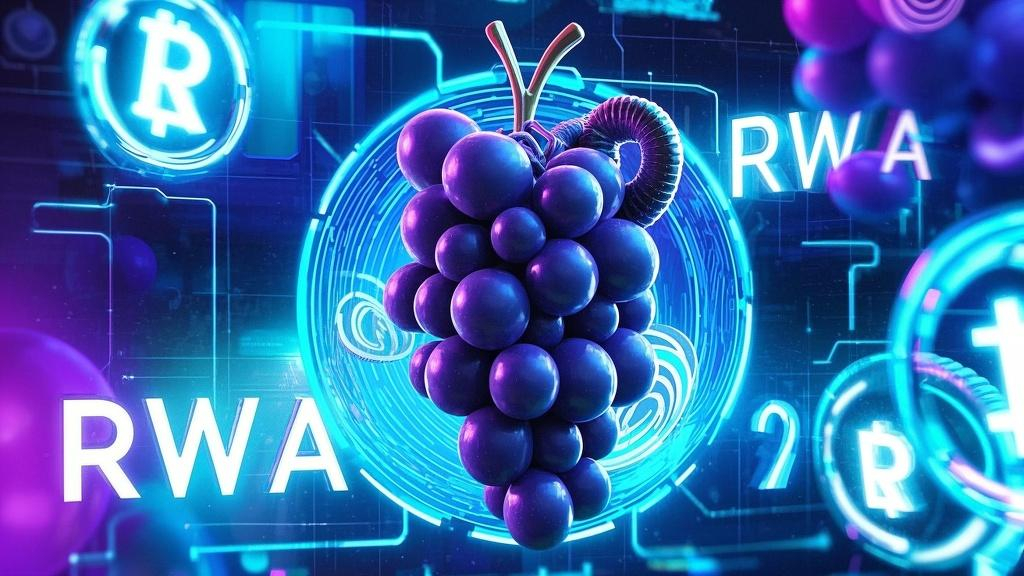
GCL Energy Technology RWA Strategy: A New Stable Coin Financial Ecology from Photovoltaics to Computing Power
1、 First photovoltaic RWA breakthrough: benchmark demonstration of physical asset on chain
Surging 3 billion against the market! Xunying Group: Starting from Recycling to Ecological Navigation throughout the Whole Life Cycle
The White Paper on the Development of China's Lithium ion Battery Recycling, Dismantling, and Tiered Utilization Industry (2025) jointly released by research institutions EVTank and Ive Economic Research Institute, and China Battery Industry Research Institute, shows that in 2024, due to the impact of raw material prices, the overall market size of waste lithium-ion battery recycling decreased by 31.0% year-on-year to 8.66 billion yuan.
The White Paper points out that since 2024, due to the downward impact of upstream material prices, the economic viability of the battery recycling industry has weakened, and the enthusiasm of recycling enterprises has decreased. Except for the increase in revenue of top enterprises, the revenue and gross profit of most enterprises have decreased.
In this context, Anhui Xunying New Energy Group Co., Ltd. (referred to as "Xunying Group") achieved a good result of exceeding 3 billion yuan in production and sales in 2024.
On the afternoon of April 8th, the Chinese Battery New Energy Industry Chain Research and Interview Team (Anhui Station) visited Xunying Group and had discussions with relevant leaders such as Zhang Li, Director of the Recycling Market Department of Anhui Xunying. They also visited the exhibition hall of the Hefei base to explore the ways in which the recycling giant broke through the industry downturn.
Build a closed-loop system based on recycling
According to the data, Xunying Group entered the new energy track in 2013 and entered the power battery recycling market in 2017. After 8 years, Xunying Group has grown into a leading domestic enterprise in the recycling and reuse of power batteries, especially in the East and Central China regions, occupying a high market share.
During the visit, Zhang Li, Director of Anhui Xunying Recycling Market Department, introduced that the achievements of Xunying Group are not only due to its efforts in the field of recycling, but more importantly, its closed-loop construction in the entire industry chain.
It is reported that the period from 2015 to 2019 was the initial growth period of Xunying Group. Specifically, in 2015, subsidies for power batteries were reduced, and the recycling market began to take shape. Xunying Group seized the opportunity and entered the power battery recycling market in 2017, riding on the momentum of new energy vehicle sales exceeding one million units. In 2018, China's first wave of power battery retirement began. At this important node in the industry, Xunying's first generation of fully automatic lithium battery dismantling equipment was officially put into use, winning important strategic partners such as Guoxuan High tech and Anhui Guotou. In 2019, the second-generation Patrol Eagle lithium battery crushing and dismantling pilot line was officially completed and put into operation. The group was awarded the Anhui Province New Energy Vehicle Power Battery Recycling Pilot Unit and also received the title of National High tech Enterprise.
Next, driven by the rapid expansion of the dual carbon strategy and energy storage industry, Xunying Group entered a period of rapid growth from 2020 to 2024. It was awarded the "White List" enterprise qualification by the Ministry of Industry and Information Technology for the comprehensive utilization of waste power batteries for new energy vehicles, and laid out the automotive grade power batteries, energy storage systems, and back-end wet material regeneration sectors, completing the full industry chain supplementation and strengthening.
From the perspective of project implementation, from 2020 to 2024, the Xunying Travel project was announced to have landed; The annual production of 200000 tons of new energy power battery material recycling project has been launched; The construction of the Xunying Energy Technology Energy Storage System Integration Project Base has begun
Starting from battery recycling, extending the chain vertically, laying out power batteries and energy storage systems forward, and expanding material regeneration backward, in a few years, Xunying Group has basically completed the industrial layout and business model replication nationwide, forming a "resource manufacturing application recycling" closed loop and creating a resilient core competitiveness.
At present, Xunying Group has five core business segments: energy storage systems, power batteries, utilization of secondary batteries, utilization of renewable resources, and intelligent battery swapping for Xunying travel. It has formed an informationized, systematic, and digitized full ecological industrial chain system and has become the fastest growing enterprise in the industry's "regular army" certified by the Ministry of Industry and Information Technology.
From the perspective of production capacity planning, Xunying Group has established 10 bases nationwide, among which Hefei, Anhui has laid out power bases, energy storage bases, cascade bases, and regeneration bases.
Energy storage enhances travel and adds color
The future of energy storage is a huge cake. "During the exchange, Qingjiao, Secretary General of Zhongguancun New Battery Technology Innovation Alliance, pointed out that among the five major business sectors of Xunying Group, the first sector is battery recycling, and energy storage can be the second largest development sector with promising prospects. It further predicts that the energy storage market in the future may reach trillions or even tens of trillions of dollars.
Currently, the energy storage system of Xunying Group includes portable energy storage, household stacked energy storage, industrial and commercial energy storage, and centralized energy storage. "Zhang Li introduced that Xunying has a complete EPC supporting solution, diversified comprehensive energy services, cloud platform big data operation and maintenance management, new energy comprehensive energy service solutions, and new energy industry new operation models, providing integrated services. It not only solves the pain points of new energy users, but also undertakes social environmental protection obligations, providing sustainable application scenarios for the new energy storage market.
In addition to the energy storage track, in 2024, the Xunying Group will also expand into new fields based on the battery recycling system, using high-quality battery swapping as the entry point to build a regional ecosystem for urban partners, create the "Xunying Travel" brand, and strive to become a leading enterprise in the new energy aftermarket.
It is worth mentioning that on March 18, 2025, Xunying Travel successfully completed the world's first RWA (Real World Assets) financing for battery swapping physical assets, involving tens of millions of Hong Kong dollars. It is understood that this is also the world's first physical asset RWA (RWA refers to the process of converting real-world assets into digital tokens through blockchain technology) for battery swapping.
According to industry insiders, this innovative project, supported by technologies such as Hong Kong Victory Securities Management and Ant Group, not only connects green assets with overseas funds, but also marks a crucial step in the deep integration of the new energy industry and blockchain technology.
Specifically, this Eagle Tour will use battery swapping cabinets and lithium batteries located nationwide as RWA anchor assets. Through the integration of blockchain technology and IoT (Internet of Things) technology, the value, operation, and revenue data of battery swapping projects will be packaged and stored on the blockchain to form digital tokens. This not only revitalizes existing assets and accelerates capital recovery, but also has profound significance in enhancing the liquidity and transaction transparency of battery swapping assets, promoting high-quality and sustainable economic development.
The landing of this RWA project can be regarded as a classic case of the operation of Eagle Capital. In the view of Xunying Group, "capital driven" will accelerate the amplification of Xunying Group's industrial advantages and help the group compete in the new energy industry aftermarket.
Conclusion
Xunying Group always believes that the former market is fiercely competitive, while the latter market has great potential! Entering 2025, Xunying Group will frequently win performance orders, achieving a year-on-year increase of 12.5% in output value and 104.58% in sales revenue in the first quarter.
It is reported that in the next step, Xunying Group will strengthen the industrial chain and create a complete commercial value chain for power batteries, from PACK application to recycling and reuse, and then to material regeneration, to achieve closed-loop deep application of power batteries. At the same time, with the assistance of capital operation, Xunying Group will take big strides towards the global market. I believe that in the near future, Xunying Group will shine in the global new energy market, becoming a shining business card for Chinese new energy enterprises to go global, and truly becoming an explorer and leader in the new energy aftermarket industry.
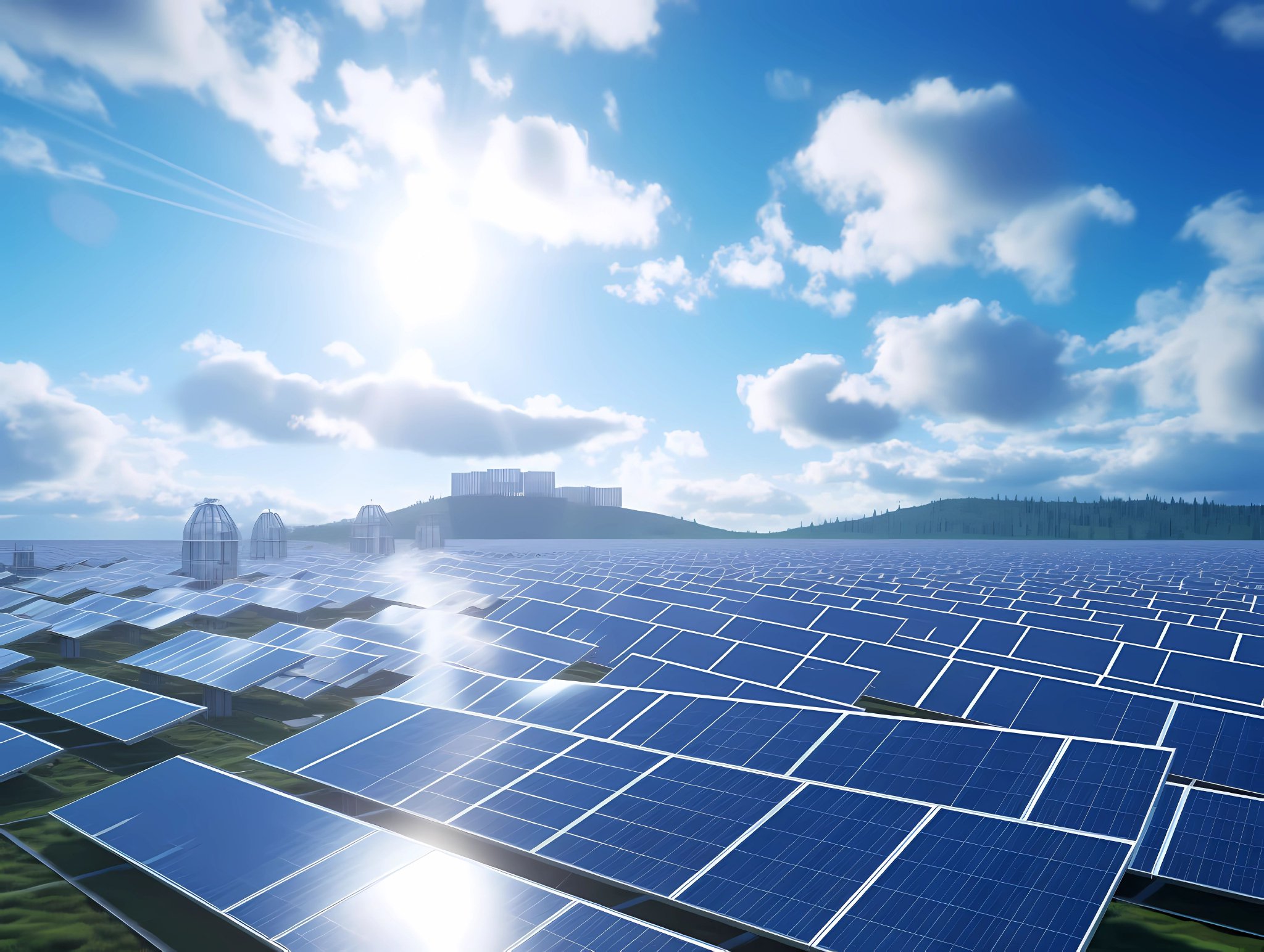
IN DEPTH INTRODUCTION TO FINANCIAL RWA (REAL WORLD ASSETS)

1、 The core definition and essence of financial RWA
Real World Assets (RWA) in the financial field refers to a financial innovation model that uses blockchain technology to convert physical assets with real value in traditional financial markets (such as real estate, commodities, bonds, accounts receivable, art, etc.) into digital tokens that can be circulated on the chain, achieving asset ownership splitting, cross market circulation, efficient trading, and transparent management.
Its essence is to break down the barriers between "physical assets" and "digital finance": traditional physical assets have low liquidity and high investment thresholds due to "overall holding, complex processes, and numerous intermediaries", while RWA tokenizes assets to "fragment" and "make them transparent", allowing ordinary investors to participate with small amounts of funds, while injecting the "traceable, tamper proof, peer-to-peer trading" characteristics of blockchain into traditional assets, reconstructing the logic of asset value circulation.
2、 The core value and technical logic of financial RWA
(1) Three core values: cracking the pain points of traditional assets
Lowering investment barriers and activating long tail funds
Traditional physical assets are mostly based on the "high total price, lump sum transaction" model (such as a property in a first tier city costing millions of yuan), which makes it difficult for ordinary investors to participate; RWA will split assets into equal tokens (such as splitting a 10 million yuan property into 10 million tokens worth 1 yuan per share), and investors can flexibly purchase according to their own fund size, attracting a large amount of "long tail funds" into the physical asset field.
Improve liquidity and shorten trading cycles
Traditional asset transactions require multiple stages such as intermediary agencies (such as real estate agents, securities firms, and clearing houses), property rights confirmation, and fund settlement, with a cycle of several weeks (such as an average of 3-6 months for real estate transactions); RWA achieves the integration of "confirmation trading clearing" through on chain smart contracts, shortening the trading cycle to several hours or even minutes (such as the bond RWA token clearing cycle being reduced from T+2 to T+0.5).
Reduce transaction costs and enhance transparency
The proportion of intermediary fees for traditional asset transactions can reach 2% -5% (such as real estate transaction intermediary fees of about 1% -3%); RWA reduces intermediary links, and on chain transaction fees are usually less than 0.5%. At the same time, the property rights information, transaction records, and cash flow data (such as rent and interest) of assets are all written into the blockchain, and investors can query them in real time to avoid risks such as "false assets" and "duplicate mortgages".
(2) Technical logic: the core process of asset tokenization
The implementation of financial RWA relies on a five step core process of "asset screening, certification compliance, tokenization issuance, on chain circulation, and income distribution", each step of which needs to balance technical security and financial compliance:
Asset screening and confirmation: Priority should be given to selecting assets with clear property rights, stable value, and predictable cash flow (such as commercial real estate that has been confirmed, and corporate bonds with a rating of AA+or above). Third party legal institutions and asset appraisal agencies should confirm that the ownership of the assets is dispute free and the value is fair.
Compliance filing: Complete regulatory filing in the target market (such as complying with SEC Reg D/Reg A+rules in the United States and MiCA laws in the European Union), clarify token attributes (mostly "security tokens" subject to financial regulatory constraints), and avoid compliance risks.
Token based development and on chain: Develop tokens based on compliant blockchain platforms (such as Ethereum, Polygon, Stellar, or self built consortium chains by financial institutions), and write asset value and equity (such as dividend rights and ownership) into smart contracts; After completing the token issuance, the asset related data (such as ownership certificate hash, evaluation report) will be uploaded to the blockchain for storage.
On chain circulation and trading: Tokens are launched on compliant digital asset exchanges (such as Coinbase Prime, platforms under Grayscale) or inter institutional trading networks, supporting investors' "peer-to-peer trading" or "hanging order trading". Some platforms also provide pledge financing functions (such as using RWA tokens to pledge and borrow stablecoins).
Cash flow distribution: The income generated by assets (such as property rent and bond interest) is collected by the custodian institution and automatically distributed through smart contracts according to the proportion of tokens held by investors, achieving "real-time receipt of income without manual operation".
3、 Typical application scenarios of financial RWA
At present, financial RWA has covered four core areas: real estate, fixed income, commodities, and alternative assets, forming multiple mature landing scenarios:
(1) Real Estate RWA: The Most Mature Application Area
Commercial real estate/residential: tokenize the "ownership or rental income rights" of office buildings, apartments, and shops, and investors can enjoy rental dividends and asset appreciation income after purchasing the tokens.
Case: RealT, a US platform, tokenizes standalone residential properties in Texas, issuing approximately 1 million tokens ($1 per unit) per property. The annualized rental yield for investors is about 6% -8%, and the tokens can be transferred at any time in the secondary market with flexible exits.
Real Estate Investment Trusts (REITs) tokenization: converting traditional REITs shares into on chain tokens to improve transaction efficiency (such as the REITs RWA product launched by DBS Bank in Singapore, which shortens the trading cycle from traditional T+3 to T+1).
(2) Fixed income RWA: Connecting with the traditional bond market
Tokenization of treasury bond/corporate bonds: convert short-term treasury bond and highly rated corporate bonds into tokens on the chain to reduce issuance and transaction costs.
Case: In 2023, the European Investment Bank (EIB) and Goldman Sachs jointly issued a 100 million euro "Digital Green Bond RWA" based on the Ethereum private chain, with investors covering both institutions and individuals. The issuance cost was reduced by 20% compared to traditional bonds, and the clearing cycle was shortened to 2 hours.
Accounts receivable RWA: Small and medium-sized enterprises will tokenize their accounts receivable from large enterprises, transfer them on the chain to investors, and quickly recover funds (solving the problem of "long payment terms and financing difficulties" for small and medium-sized enterprises).
Case: Ant Group's "Ant Chain" has launched an accounts receivable RWA platform, which has helped over 5000 small and medium-sized enterprises raise more than 30 billion yuan through accounts receivable tokenization financing as of 2024.
(3) Commodity RWA: Lowering the physical holding threshold
Precious Metals (Gold/Silver): Each token corresponds to a certain weight of physical precious metals (held by a third-party institution), and investors do not need to bear storage or transportation costs. They can exchange physical goods or sell tokens at any time.
Case: PAXG gold tokens issued by Paxos, each corresponding to 1 ounce of London Bullion Market Association (LBMA) certified gold, are held in the vault of Bank of New York Mellon. As of the end of 2024, PAXG has a circulation of over 1 million tokens, corresponding to a gold value of over 20 billion US dollars.
Energy/Agricultural Products: tokenize the "forward contract yield rights" of commodities such as crude oil and soybeans, allowing investors to participate in commodity price fluctuations by purchasing tokens without the need for physical delivery.
Case: The global commodity exchange ICE (Intercontinental Exchange) has launched the "Crude RWA Token", which is linked to Brent crude oil futures prices. The trading volume will exceed $5 billion in 2024, attracting a large number of small and medium-sized commodity investors to participate.
(4) Alternative asset RWA: Activate niche high-value assets
Artworks/luxury goods: tokenize the "ownership shares" of alternative assets such as famous paintings and limited edition bags to solve the problems of "difficult valuation and circulation".
Case: French art platform Artory tokenizes Picasso's painting "The Woman in the Hat" and issues 1000 tokens (each corresponding to 0.1% ownership of the painting), with a single token selling for $12000. It sells out within 24 hours of its launch, and investors can share the painting through the platform.



Weekdays Monday - Friday 09:30 - 17:30
Unauthorized copying is strictly prohibited
丨CONTACT US
Address: 86th Floor, Global Trade Plaza,
Tsim Sha Tsui, Kowloon
Tel:+00852 9058 8888
Email:cvca@cvca.hk
CVCA International Capital Management Limited (hereinafter referred to as "CVCA") is a professional asset management institution rooted in Hong Kong, focusing on cross-border investment. It was jointly founded by GBS Asia Capital Management Limited 、ALLEGRO International Capital Management Limited、Introduction to Hengfu Securities. committed to building an efficient bridge between global capital and the Chinese market.
